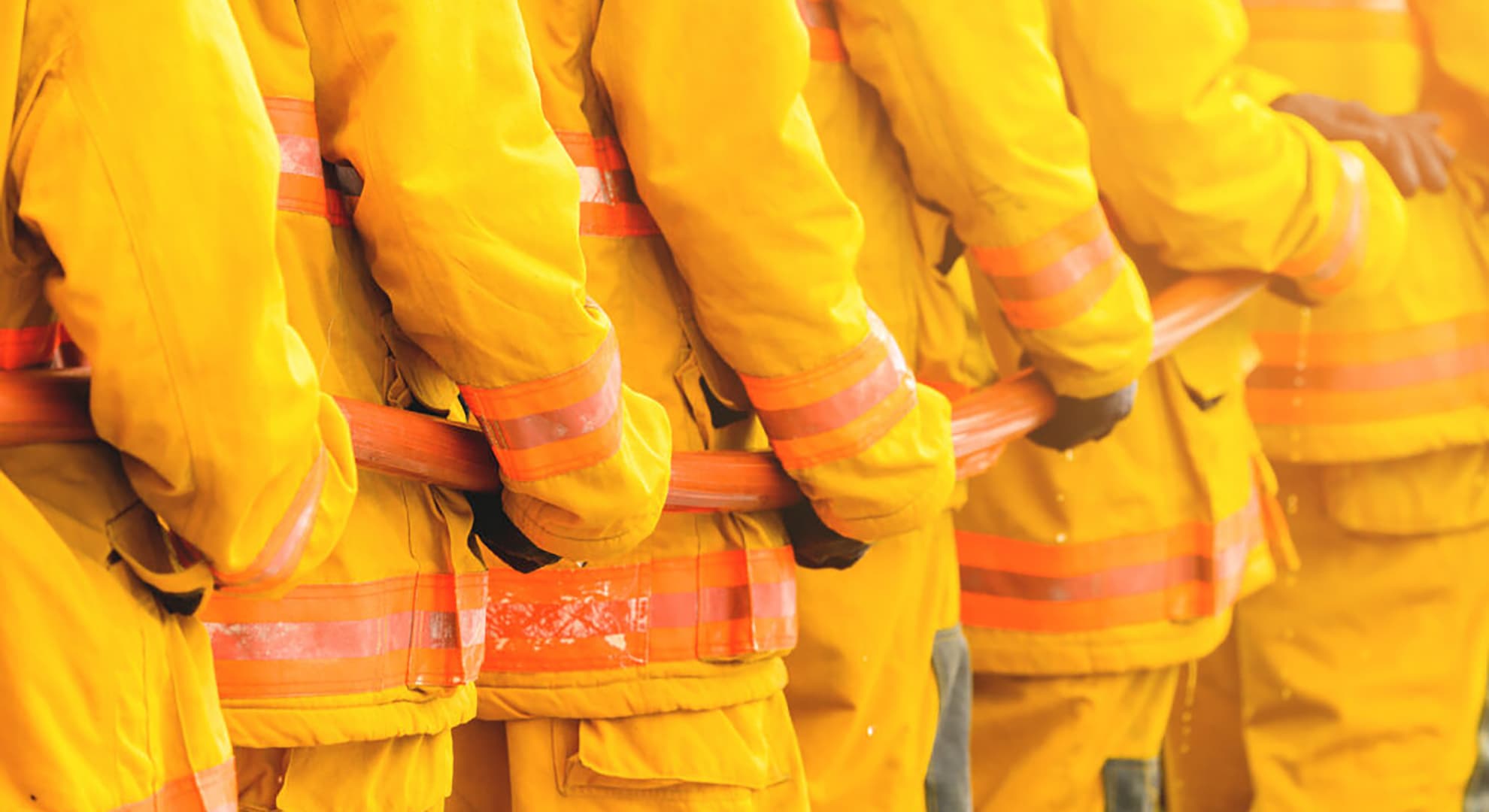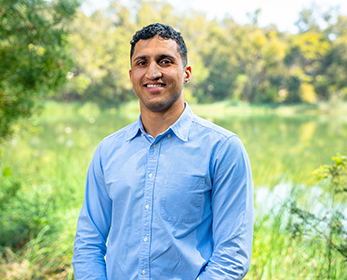Research by Edith Cowan University (ECU) into the potential health risks faced by the more than 20,000 volunteer Bush Fire Brigade and 700 Parks and Wildlife Service firefighters in Western Australia, has already resulted in real-world change.
ECU researcher Dr Kiam Padamsey has undertaken a novel, in-depth investigation into the health hazards facing volunteer and bushfire firefighters beyond the fire and the flame. The research uncovered several key insights regarding the exposure and risks faced by bushfire fighters, that will help inform management.
"In our discussions with some volunteer firefighters, we identified a gap in knowledge regarding the health risks associated with bushfire-generated smoke and contaminants.
"The Department of Biodiversity, Conservation and Attraction's (DBCA's) firefighters, conversely, showed a greater awareness of these risks, however, social dynamics, such as peer pressure, were identified as historical deterrents to personal protection equipment (PPE) use, although recent trends indicate positive change," Dr Padamsey said.
In Western Australia, there are several firefighting services that primarily respond to bushfire threats. The largest service is the volunteer Bushfire Service, with over 20,000 members, and more than 500 Brigades managed by local government authorities and supported by the Department of Fire and Emergency Services (DFES).
DBCA also operates and manages a paid firefighting force, responsible for managing State forest, national parks, and nature reserves across the State. These firefighters respond to bushfires during the summer months and conduct prescribed burning campaigns in the cooler months.
Both groups of firefighters wear similar protective uniforms consisting of fire-retardant turnout gear, tunic (outer coat) and bottoms, boots, helmets, eye, and respiratory protection.
The risk
The research highlighted that firefighters in a bushfire environment are exposed to high levels of carbon monoxide and volatile organic compounds during bushfire events.
Dr Padamsey noted that smouldering phase of a fire, the first phase that contributes most of the firefighter's exposure time - may result in higher chemical exposures compared to the flaming phase. Furthermore, the chemical composition of bushfire smoke appears to be independent of ecoregion, which is determined by vegetation patterns.
"For many decades, there was this sense that, as a firefighter, you should be able to take the smoke because the generations of firefighters before you did not have the option of respirators, and they managed just fine.
"And to some degree this is true. The body seems to adapt after a few fire seasons, and smoke seems to impact veteran firefighters a lot less. But our research identified concerns among firefighters about the long-term health impacts of this."
Additionally, the firefighting tunic was identified as a potential secondary source of chemical exposure post-shift, with research results suggesting that the tunics off-gas high concentrations of chemicals like benzene.
Dr Padamsey said that the tunic should be treated as being contaminated, similar to those used in structural fires, and should be isolated and cleaned appropriately to minimise subsequent exposure risks.
The change
Throughout the research, the findings were regularly communicated to DBCA and DFES, with both agencies implementing changes based on the research findings.
Early findings from the research led to procurement and use of P3 masks within DBCA. The necessity of P3 masks compared to P2 masks, was previously unclear as specific empirical research demonstrating the need for P3 masks was lacking.
The future
Given the limited research that has been done on the health outlook for firefighters, Dr Padamsey is hoping that his future work could address this shortfall.
"Right now, there are some 23,000 active volunteer firefighters in Western Australia, but in total there has been more than 200,000 total volunteer firefighters. We would like to investigate what the health impact of this work has been on them," he said.
Dr Padamsey is also working with DFES and DBCA to investigate the effect of bushfire smoke on the airway cells and on developing and refining methods for workplace exposure assessment of firefighters.

 Firefighters in the wildland environment are exposed to high levels of carbon monoxide and volatile organic compounds during bushfire events.
Firefighters in the wildland environment are exposed to high levels of carbon monoxide and volatile organic compounds during bushfire events.



